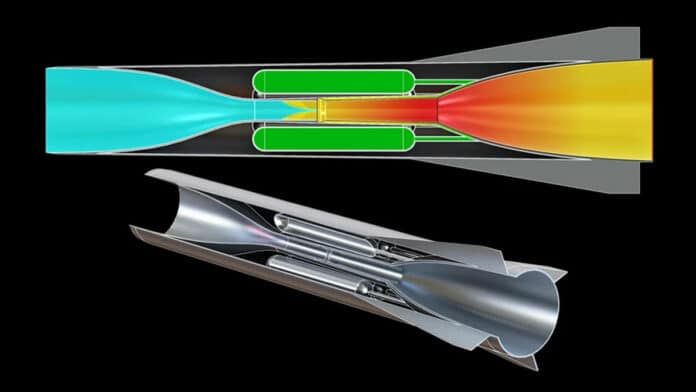Hypersonic aircraft and missiles have become the center of a new high-speed international arms race. Several countries are racing to develop and test weapons and planes capable of traveling at speeds between Mach 5 and higher that can outrun nearly any conventional munitions. However, designing aerodynamics for these extreme speeds is a challenging task, which has led to some fascinating projects.
The U.S. Naval Research Laboratory (NRL) has funded one such groundbreaking project to create a morphing hypersonic engine for ultra-fast travel. The research project led by a UCF (University of Central Florida) researcher could theoretically allow for air travel at speeds of Mach 6 to 17 and has applications in commercial and space travel.
Although hypersonic propulsion technology has been around since the 1960s, countries, including the U.S., Russia, and China, are racing to improve their systems to achieve more efficient and longer, more sustained hypersonic flight. To this end, the UCF team has received a $450,000 NRL grant to develop a hypersonic engine that can morph or transform its configuration during flights to optimize performance.
“Most hypersonic engines are structurally fixed due to the challenging flight environment,” says the project’s principal investigator, Kareem Ahmed, a professor in UCF’s Department of Mechanical and Aerospace Engineering. “Our research will show the performance gains from an adaptable engine configuration that would self-optimize its surfaces to maximize performance power, thrust, and travel distance, which is the first of its kind for hypersonic engines.”
Ahmed is heading a $1.5 million U.S. Department of Defense award to develop high-performance fuels for hypersonic propulsion.
The new project is built on Ahmed’s previous work on “scramjet,” or supersonic combustion ramjet engines. Scramjet engines have a unique ability to combust air at supersonic speeds without slowing it down to subsonic speeds, which sets them apart from traditional jet engines.
Ahmed and his team have developed an aerothermodynamic model for the hypersonic, morphing scramjet engine and are currently conducting experimental tests to assess its performance. Aerothermodynamics analyzes the interaction of gases at high speeds and elevated temperatures.
